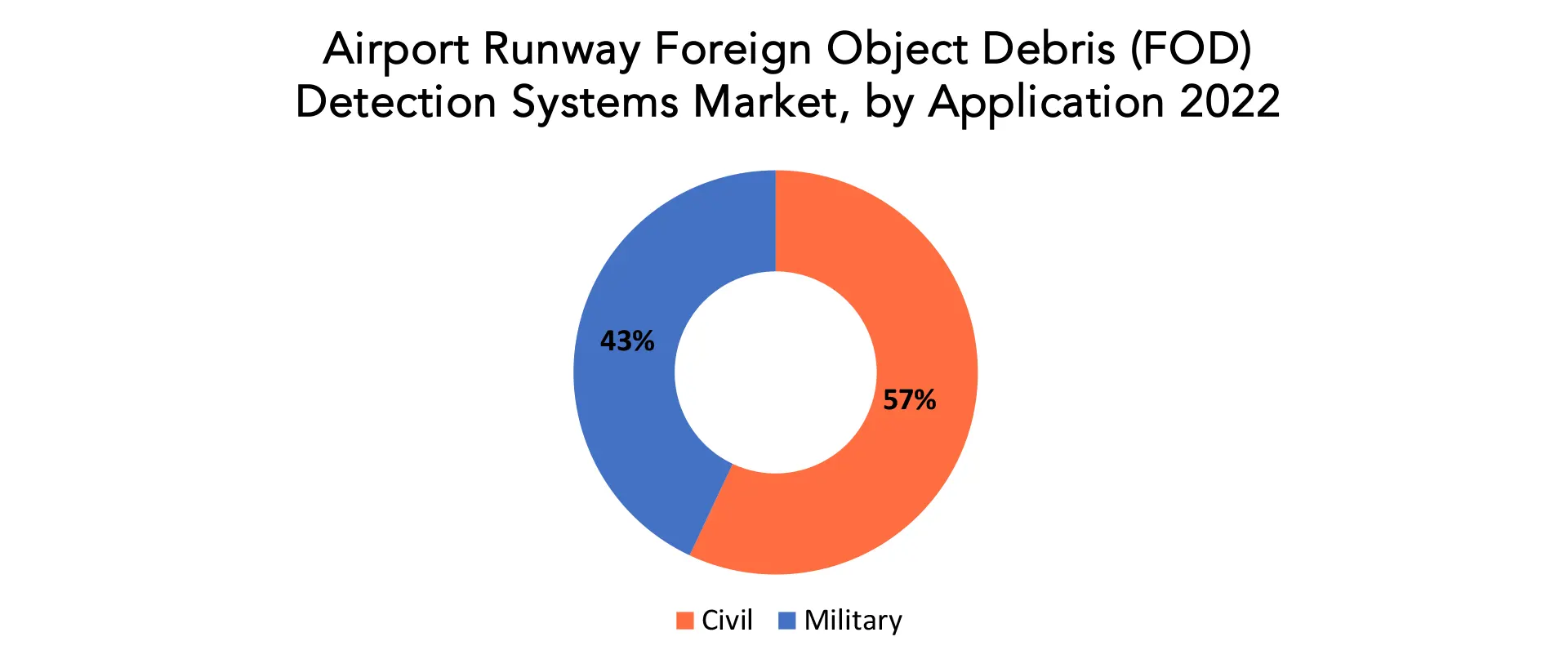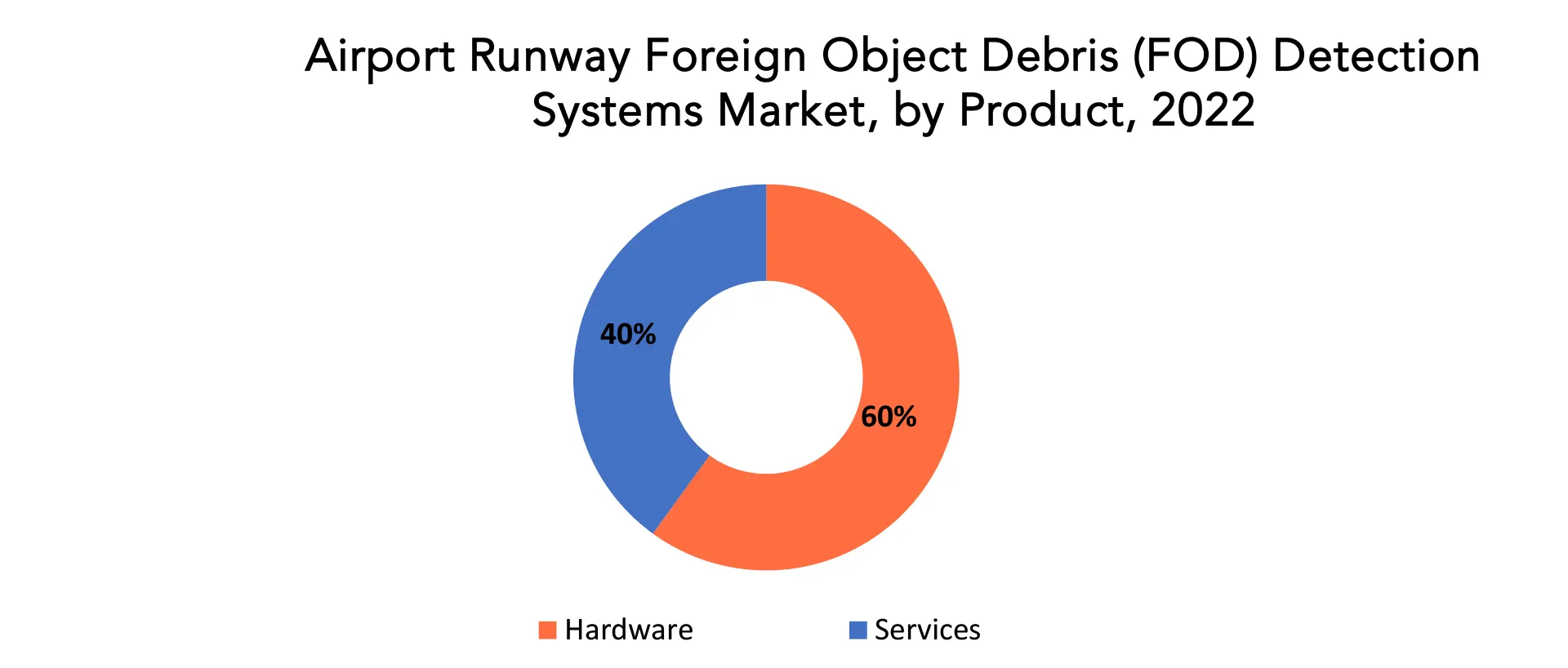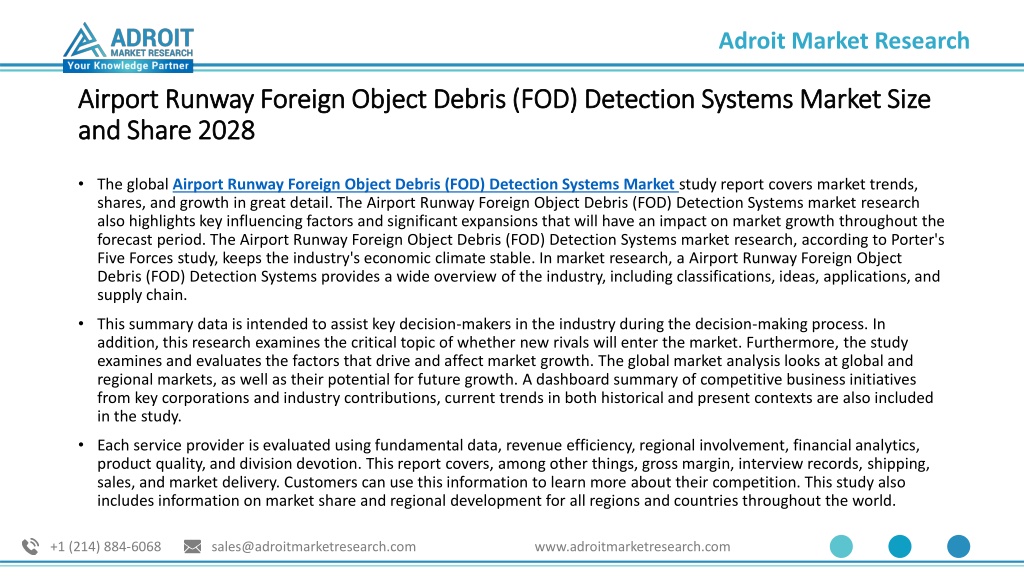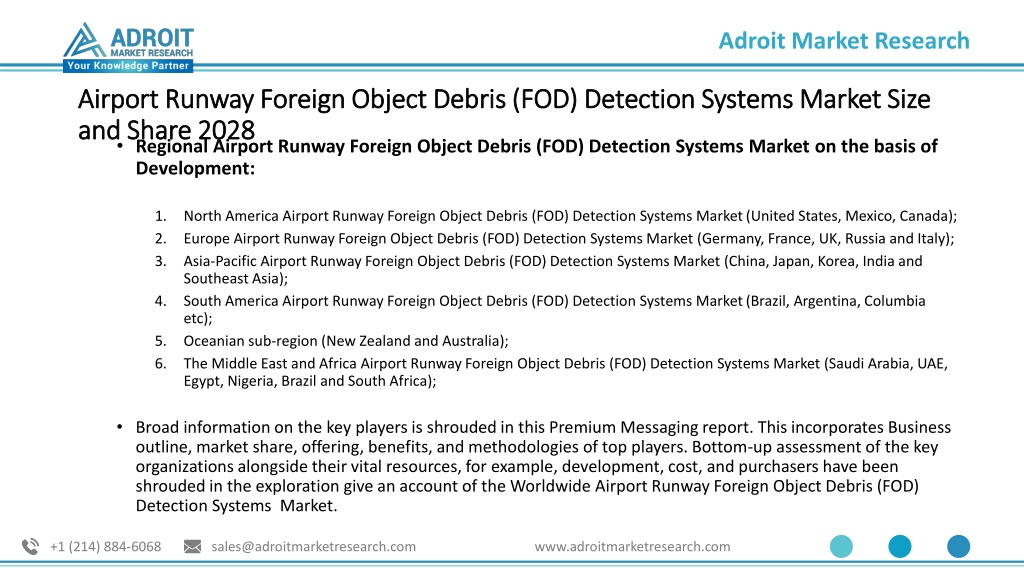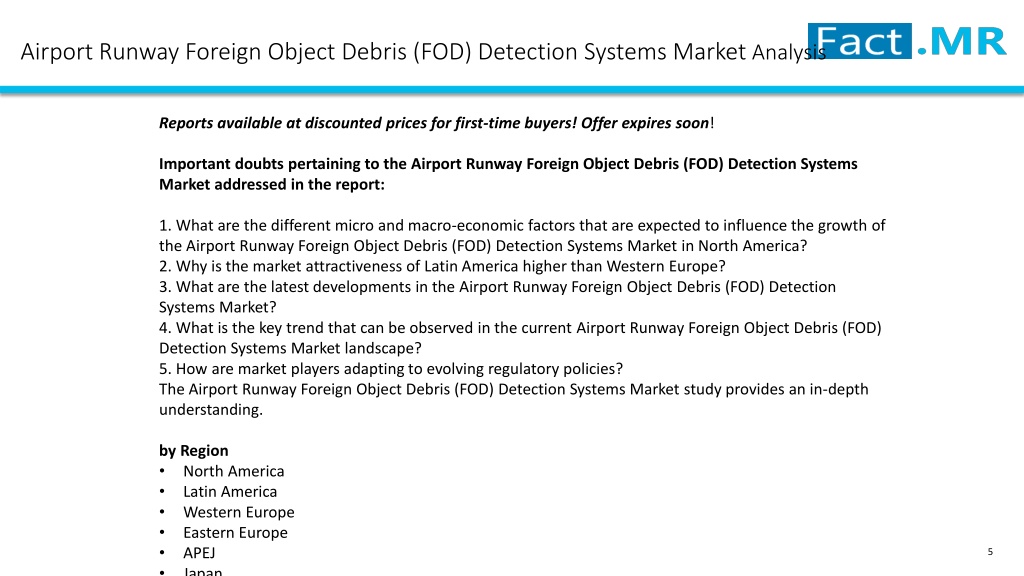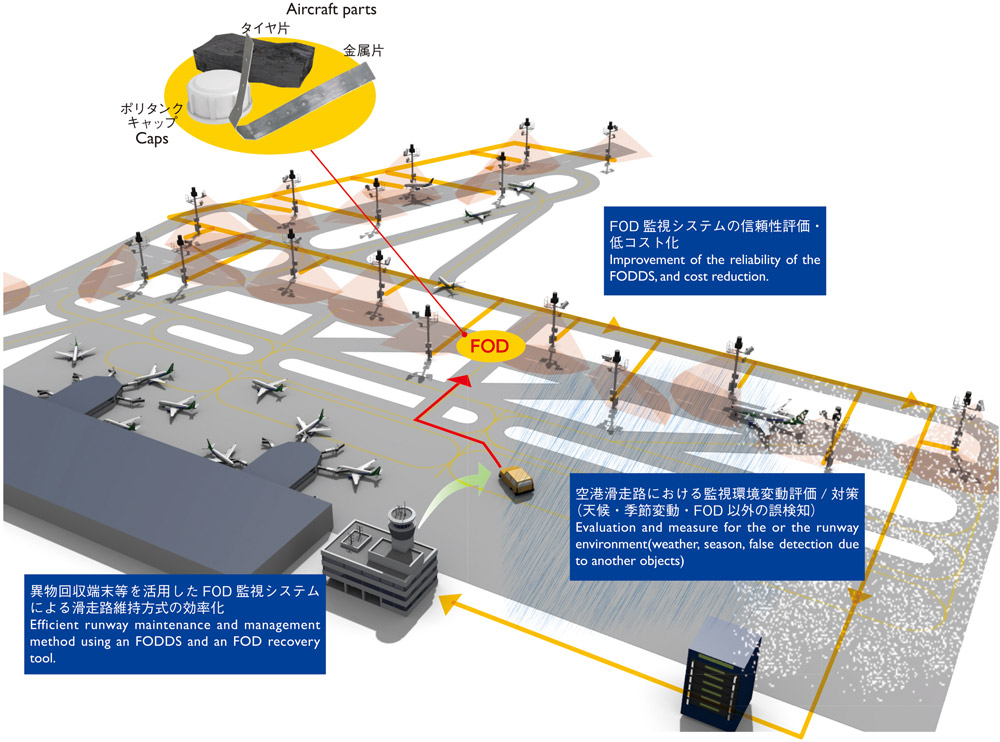Airport Runway Foreign Object Debris Detection System Market
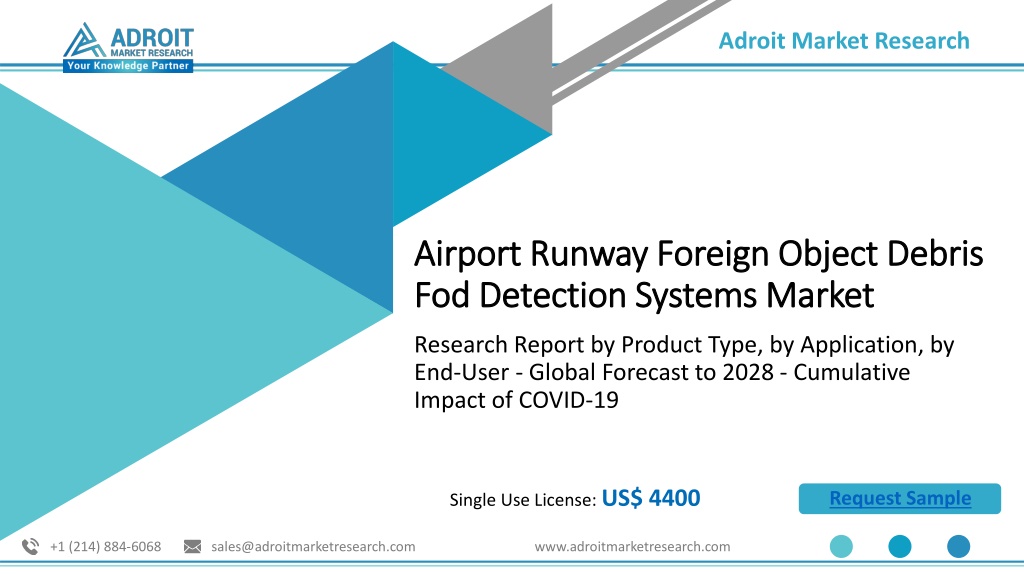
Urgent demand for enhanced airport safety is fueling explosive growth in the Airport Runway Foreign Object Debris (FOD) Detection System Market. New data indicates a projected multi-billion dollar valuation within the decade, driven by increasing air traffic and stringent regulatory mandates.
This market surge reflects a global push to minimize the risks associated with FOD, which poses a significant threat to aircraft during takeoff and landing. Effective FOD detection systems are now considered a critical component of airport infrastructure worldwide.
Market Overview and Growth Drivers
The global Airport Runway FOD Detection System Market is witnessing unprecedented expansion.
Several factors are contributing to this growth, including heightened awareness of FOD-related incidents and the economic consequences of aircraft damage and delays.
Furthermore, advancements in sensor technology and data analytics are making these systems more effective and affordable, driving wider adoption.
Key Market Players
The competitive landscape includes established players and emerging innovators.
Companies like Xsight Systems, QinetiQ, and Rheinmetall Defence Electronics are leading the charge with advanced radar and electro-optical systems.
Other notable participants include Stratech Systems Limited and Thales Group, each contributing unique technological solutions to the market.
Technology and Innovation
Radar-based systems are a dominant technology, offering all-weather detection capabilities.
Electro-optical systems, using cameras and image processing, provide high-resolution detection and classification of FOD.
The integration of AI and machine learning is enabling real-time FOD analysis and automated alerts, significantly improving response times.
Regional Analysis
North America currently holds the largest market share, driven by stringent FAA regulations and high air traffic volume.
Asia-Pacific is emerging as the fastest-growing region, fueled by rapid airport infrastructure development and increasing air passenger traffic in countries like China and India.
Europe is also a significant market, with investments in advanced aviation technologies to ensure safety and efficiency.
Market Segmentation
The market can be segmented by technology, end-user, and region.
By technology, radar-based systems account for the largest share, followed by electro-optical systems.
By end-user, commercial airports represent the primary segment, with increasing adoption in military airfields and regional airports.
Recent Developments and Contracts
Recent contract awards underscore the growing demand for FOD detection systems.
For example, Xsight Systems recently secured a major contract with a leading international airport to deploy its FOD detection technology across multiple runways.
Similarly, QinetiQ has announced partnerships with several regional airports to implement their Tarsier® FOD detection system, enhancing safety and operational efficiency.
Challenges and Opportunities
High initial investment costs can be a barrier to adoption for smaller airports.
Ensuring the accuracy and reliability of these systems in diverse weather conditions remains a challenge.
However, opportunities exist in developing more cost-effective solutions and integrating FOD detection systems with existing airport management systems.
Regulatory Landscape
Stringent regulations from aviation authorities are driving market growth.
The FAA and ICAO are actively promoting the adoption of FOD detection systems to mitigate the risks associated with runway debris.
Compliance with these regulations is becoming increasingly critical for airports seeking to maintain operational safety and avoid costly incidents.
Looking Ahead
Continuous innovation in sensor technology and data analytics will shape the future of the Airport Runway FOD Detection System Market.
The integration of drones and autonomous vehicles for FOD inspection is an emerging trend with significant potential.
Stakeholders are closely monitoring the performance of deployed systems and collaborating to develop industry standards and best practices for FOD management.
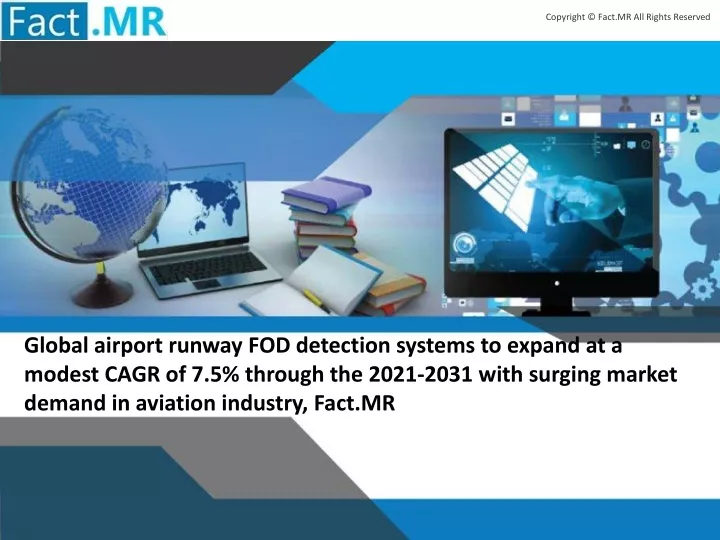
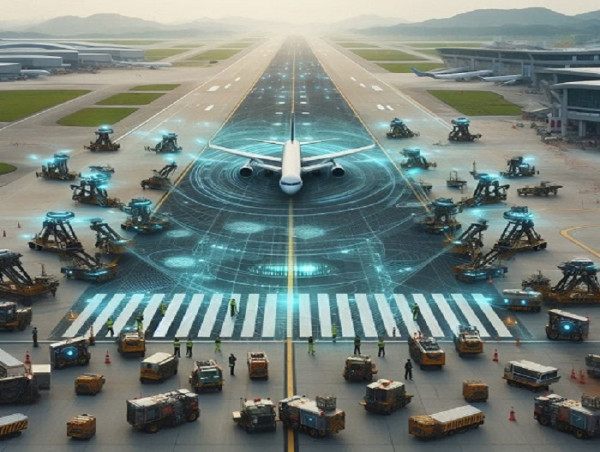
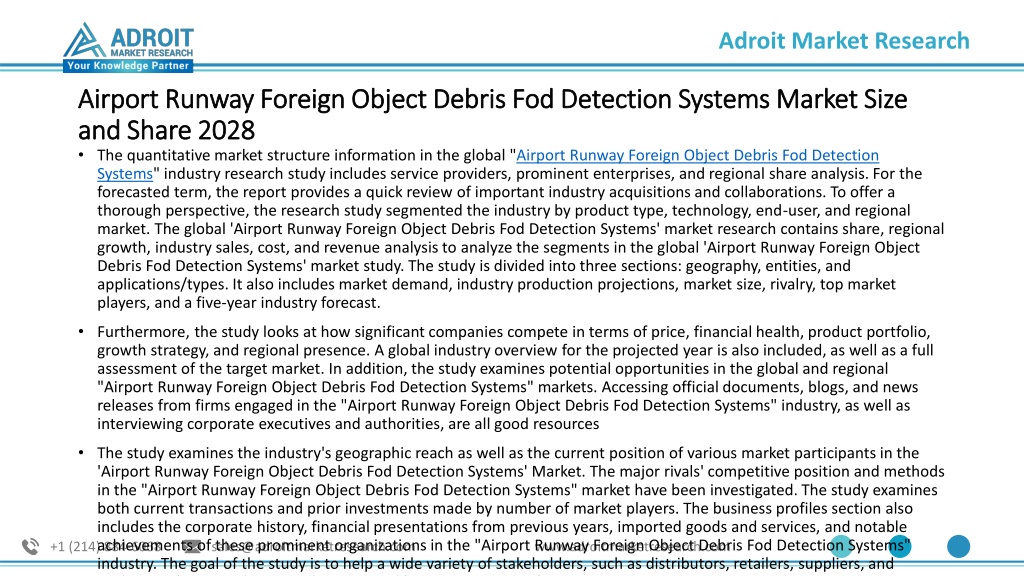
 Detection Systems Report Thumbnail.png)
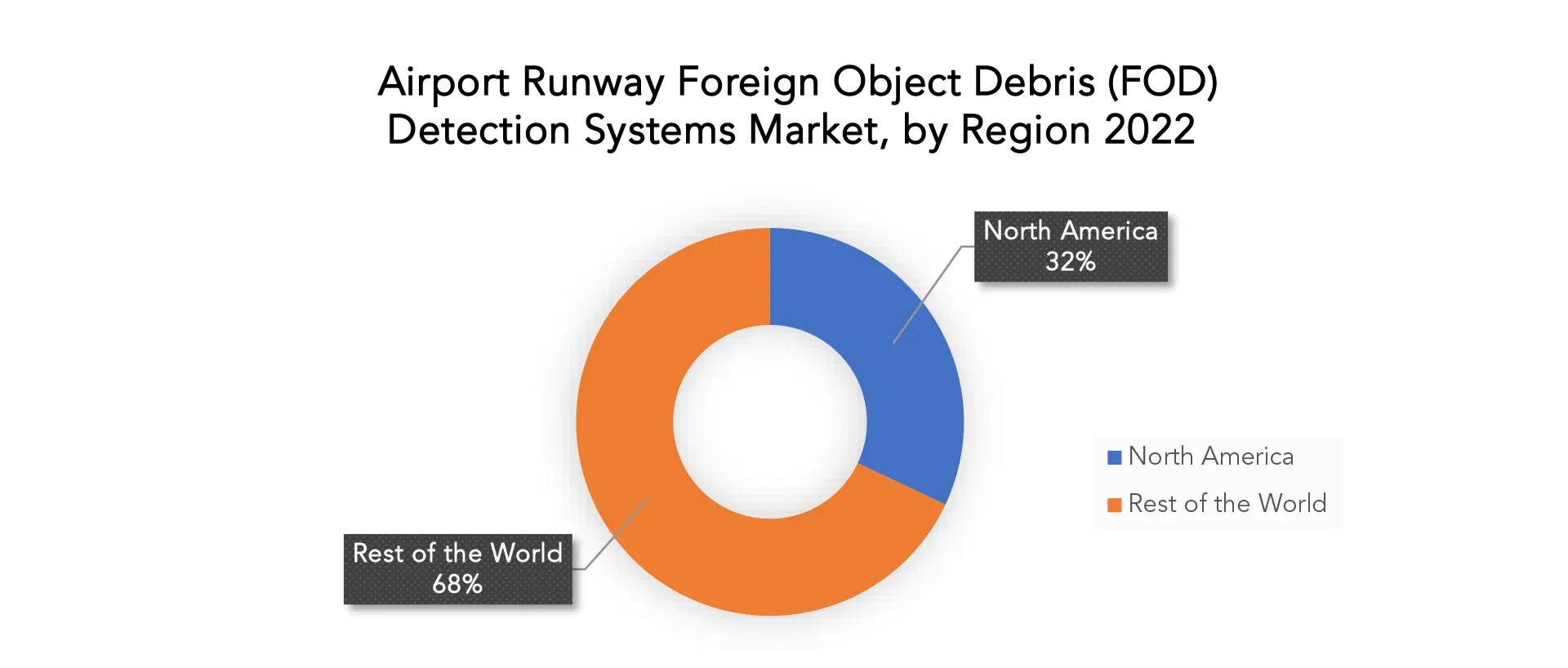
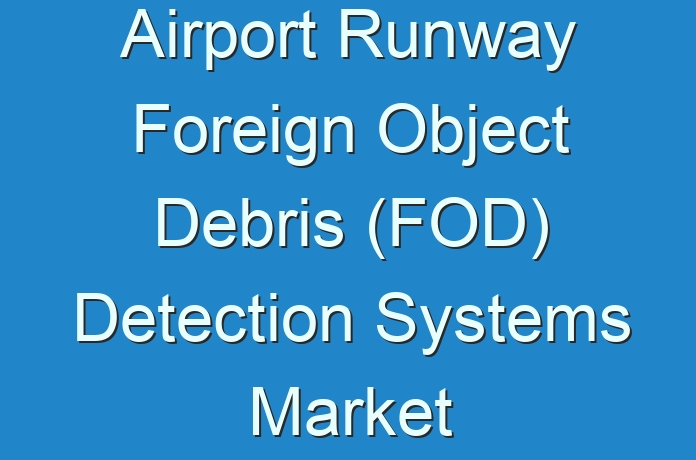

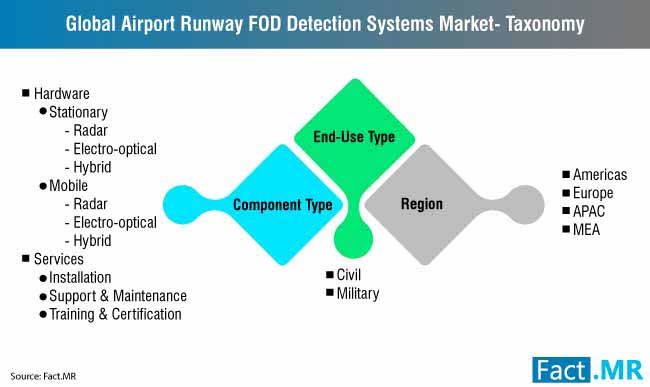
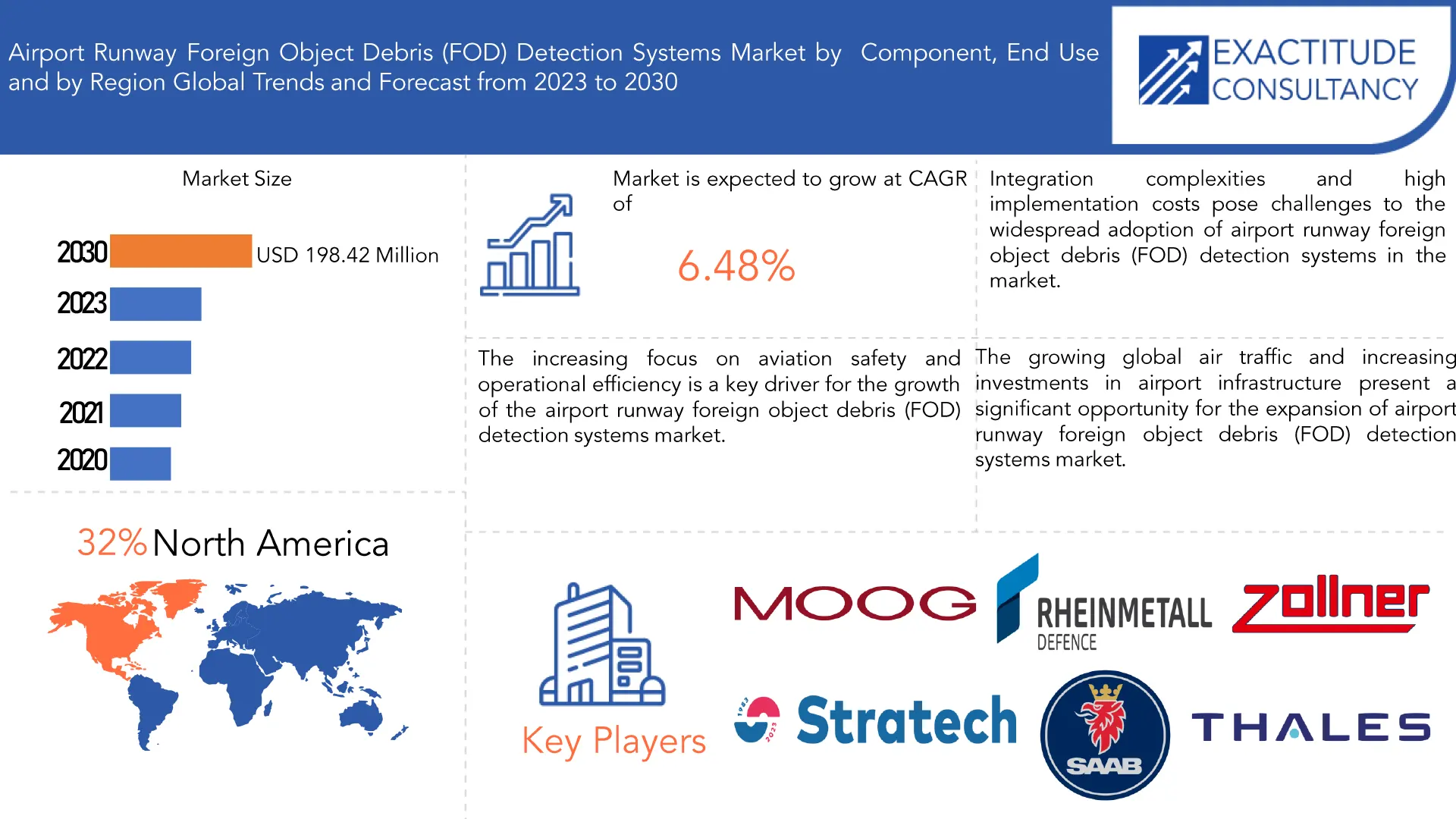
-Detection-Systems-Market-2018-2028-(USD-Million).png)
